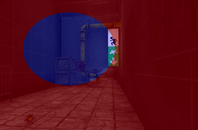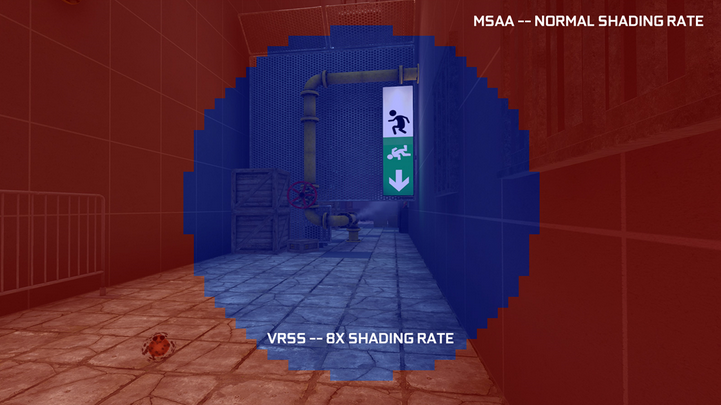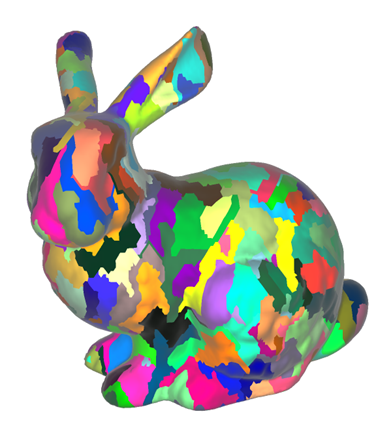
Designing rich content and graphics for VR experiences means creating complex materials and high-resolution textures. But rendering all that content at VR resolutions and frame rates can be challenging, especially when rendering at the highest quality. You can address this challenge by using variable rate shading (VRS) to focus shader resources on certain parts of an image��specifically��
]]>
For information about VRSS 2, see Delivering Dynamic Foveated Rendering with NVIDIA VRSS 2. The Virtual Reality (VR) industry is in the midst of a new hardware cycle �C higher resolution headsets and better optics being the key focus points for the device manufacturers. Similarly on the software front, there has been a wave of content-rich applications and an emphasis on flawless VR��
]]>
NVIDIA Turing GPUs enable a new, easily implemented rendering technique, Variable Rate Shading (VRS). VRS increases rendering performance and quality by applying a varying amount of processing power to different areas of the image. VRS works by changing the number of pixels that can be processed by a single pixel shader operation. Single-pixel shading operations can now be applied to a block��
]]>
The Turing architecture introduces a new programmable geometric shading pipeline through the use of mesh shaders. The new shaders bring the compute programming model to the graphics pipeline as threads are used cooperatively to generate compact meshes (meshlets) directly on the chip for consumption by the rasterizer. Applications and games dealing with high-geometric complexity benefit from the��
]]>